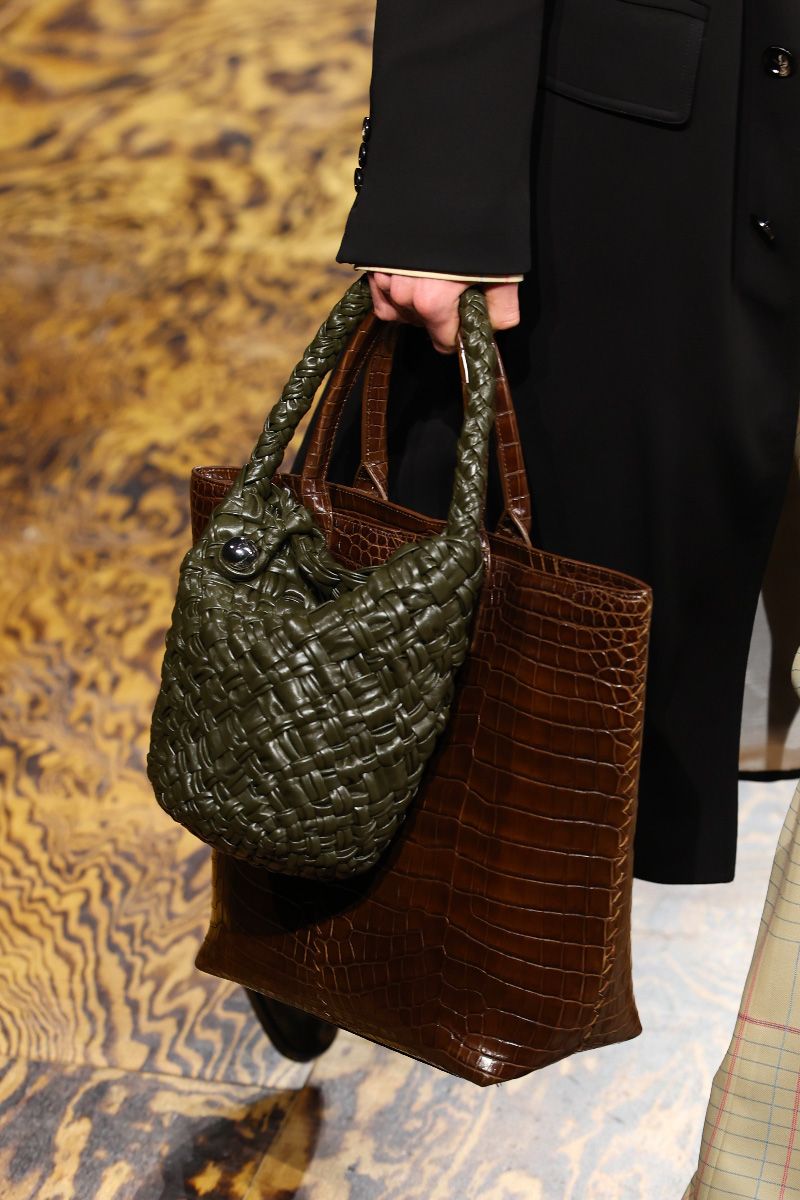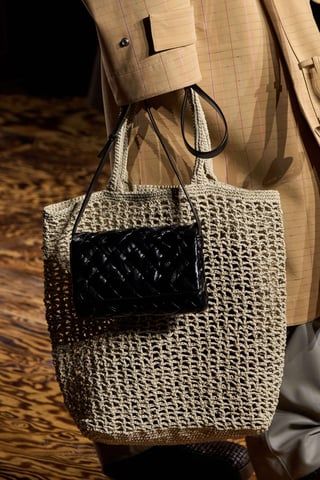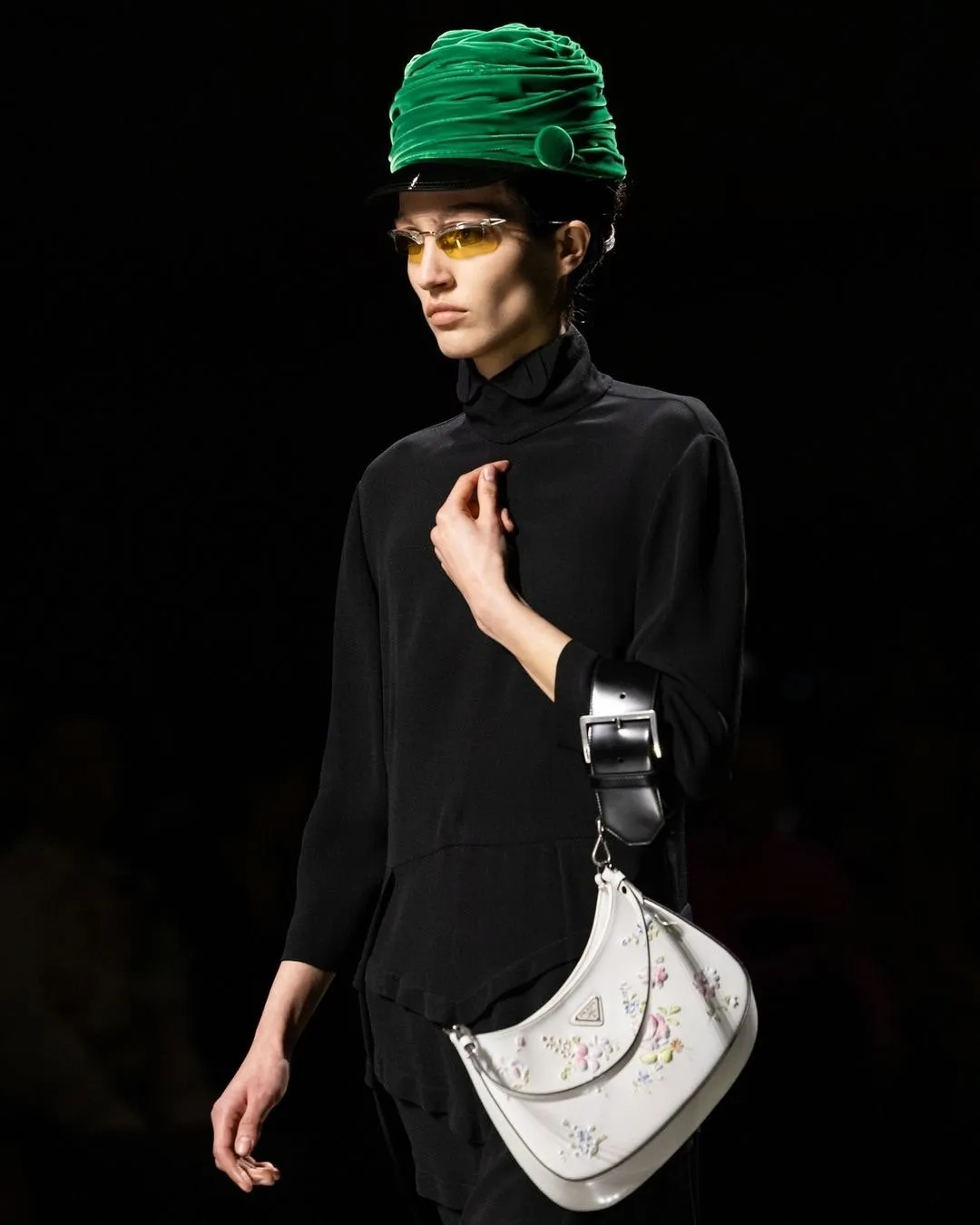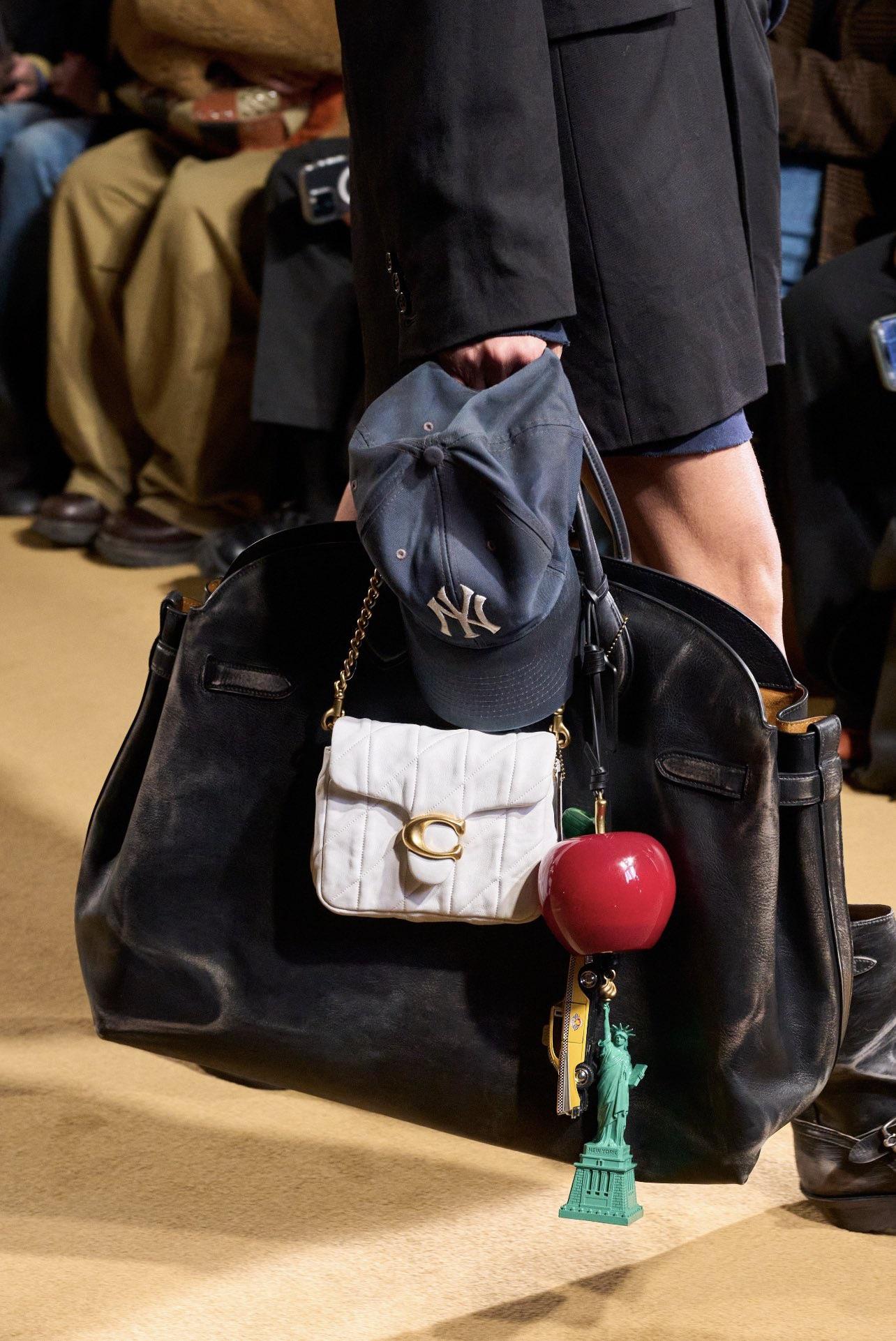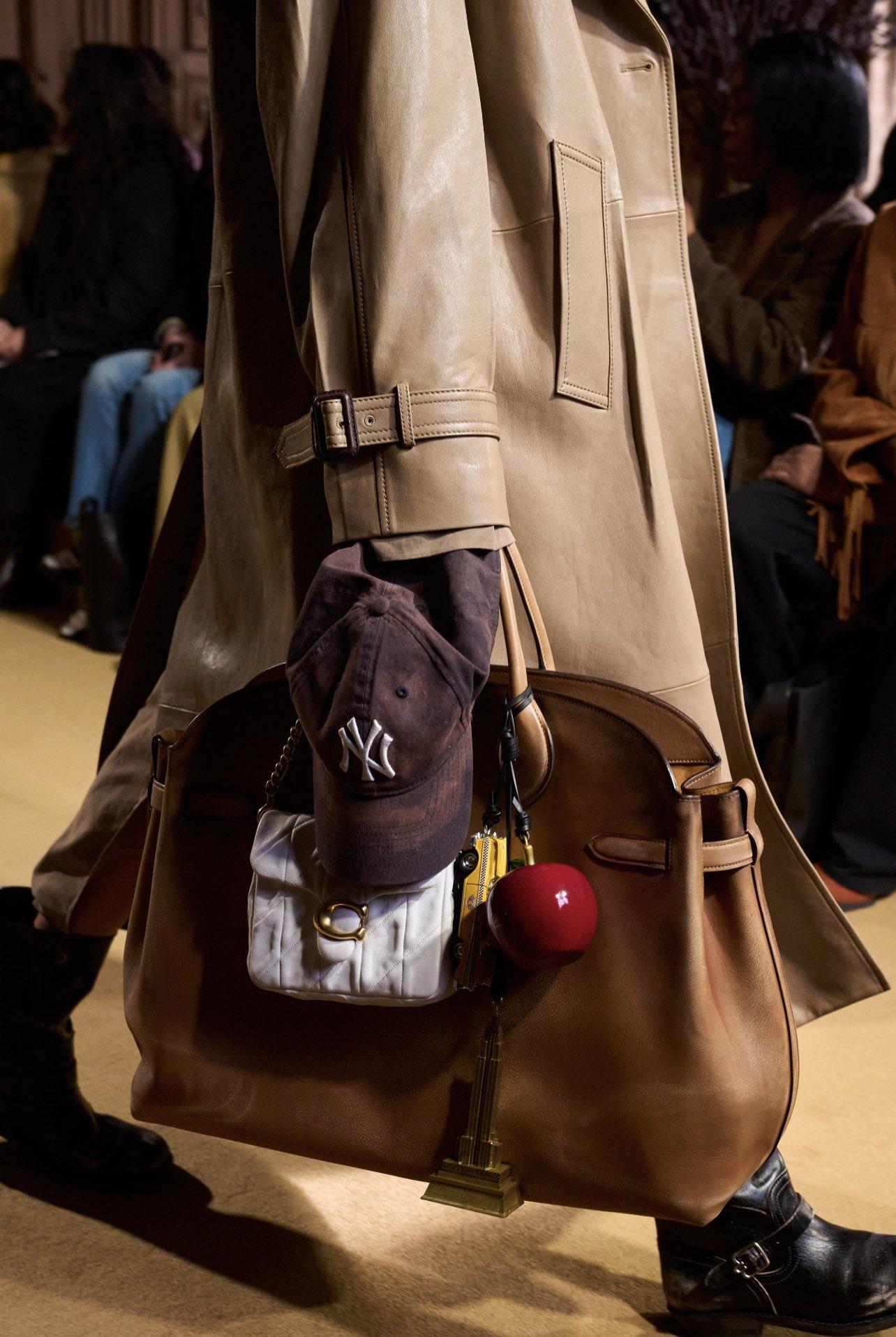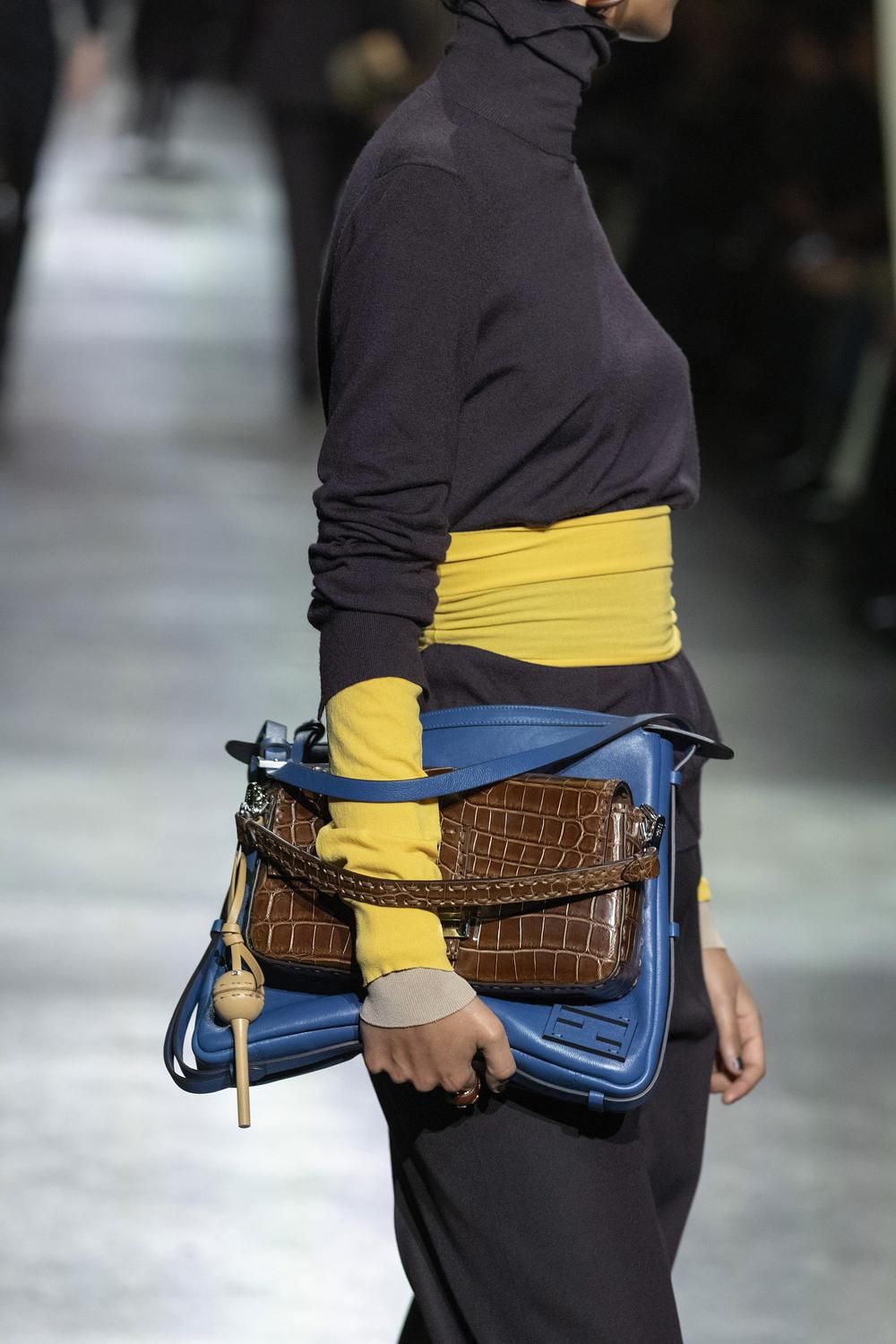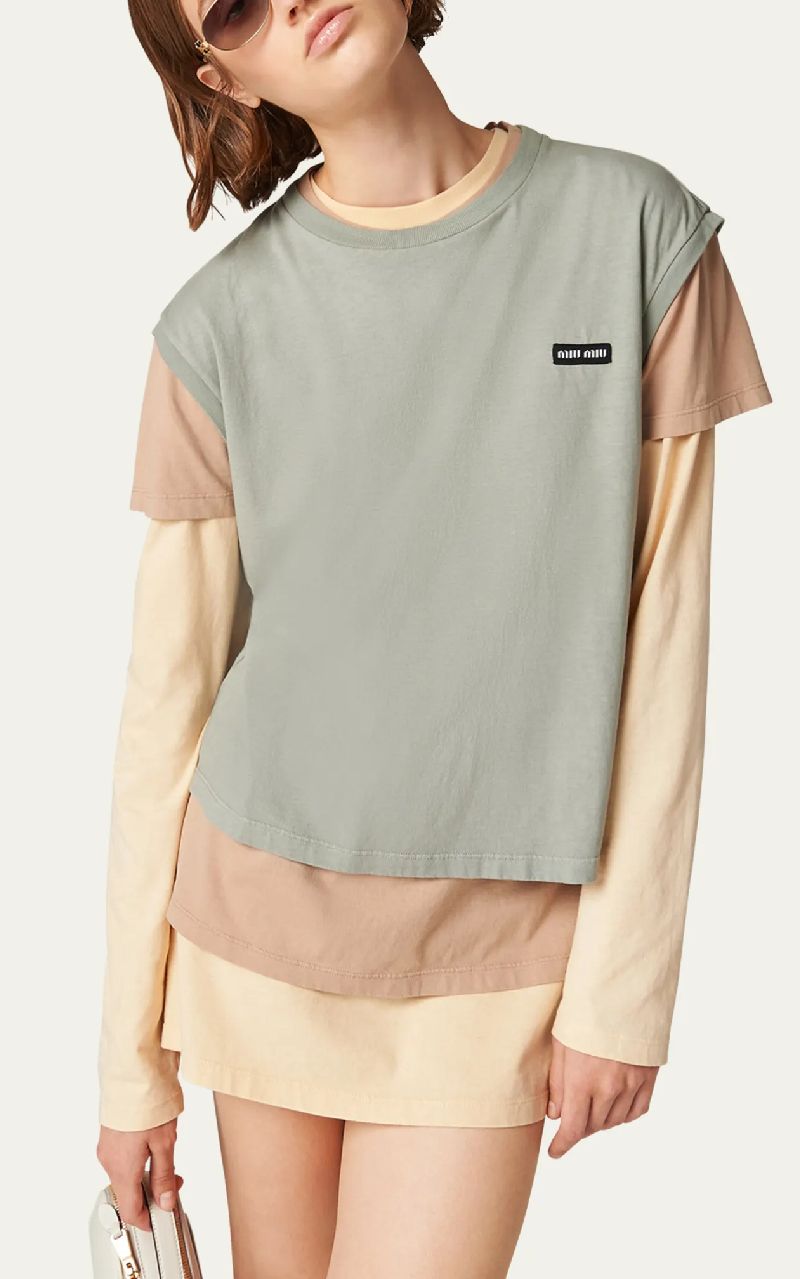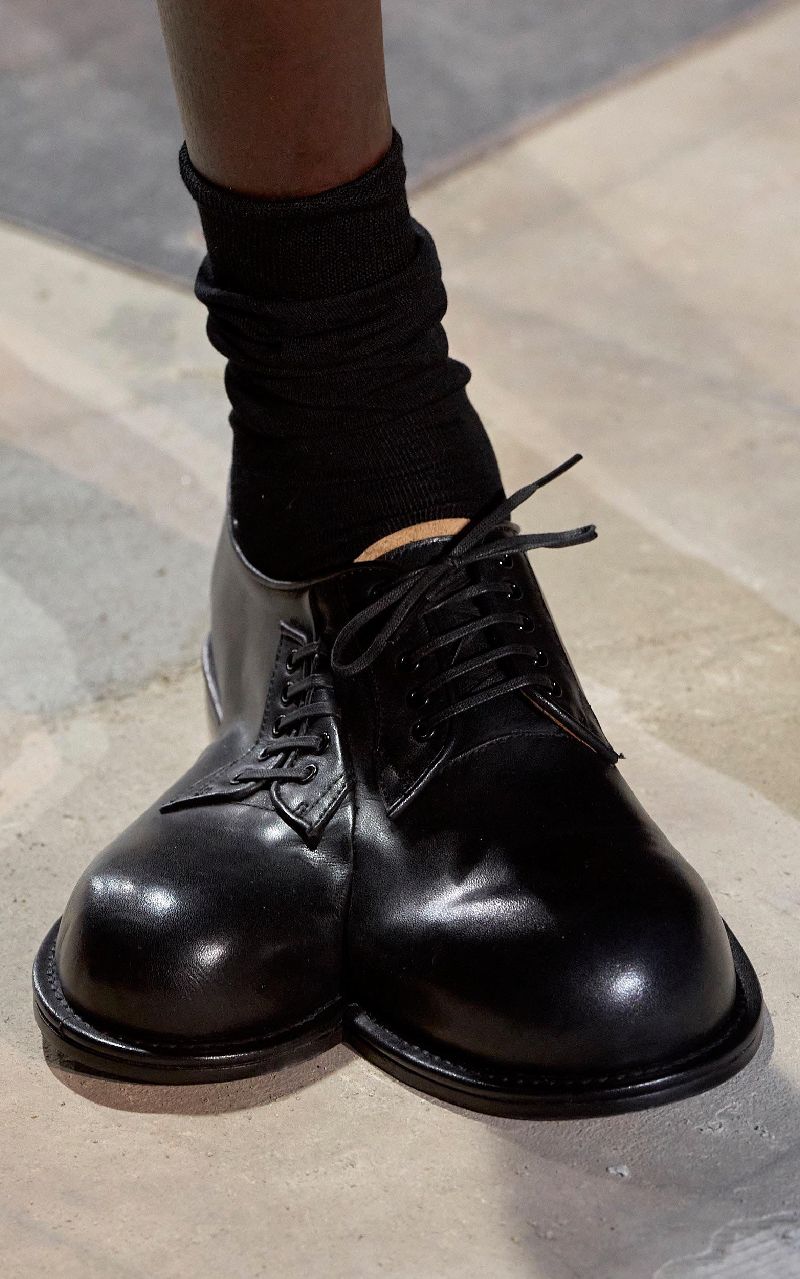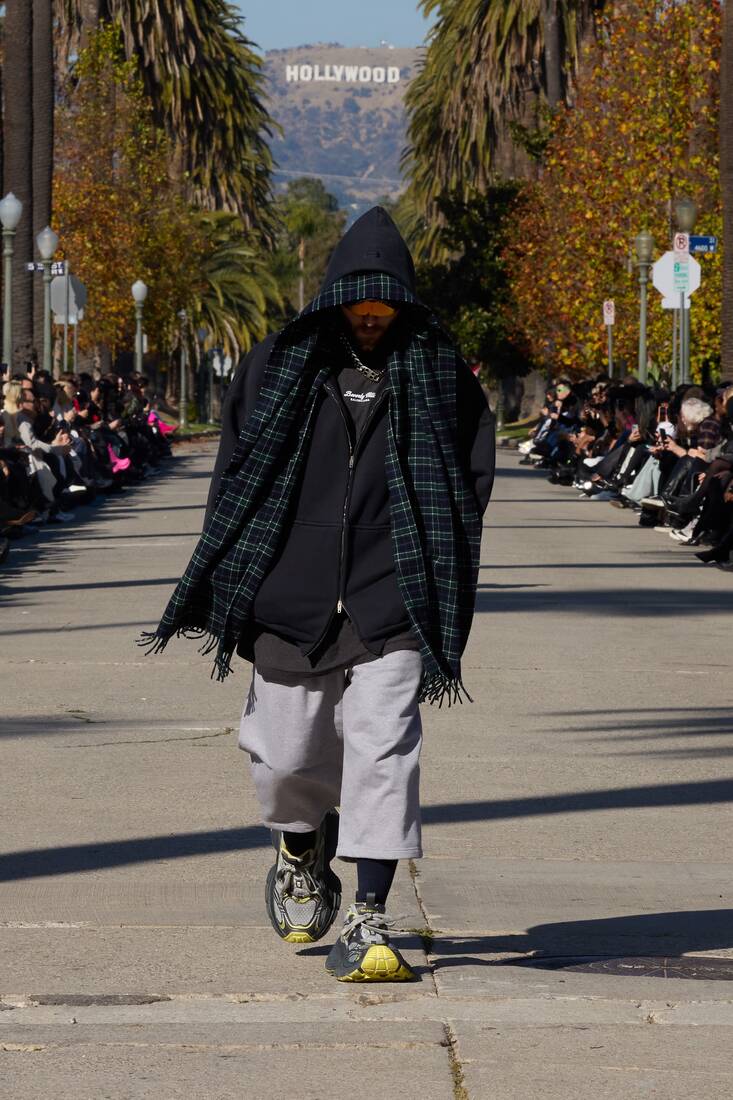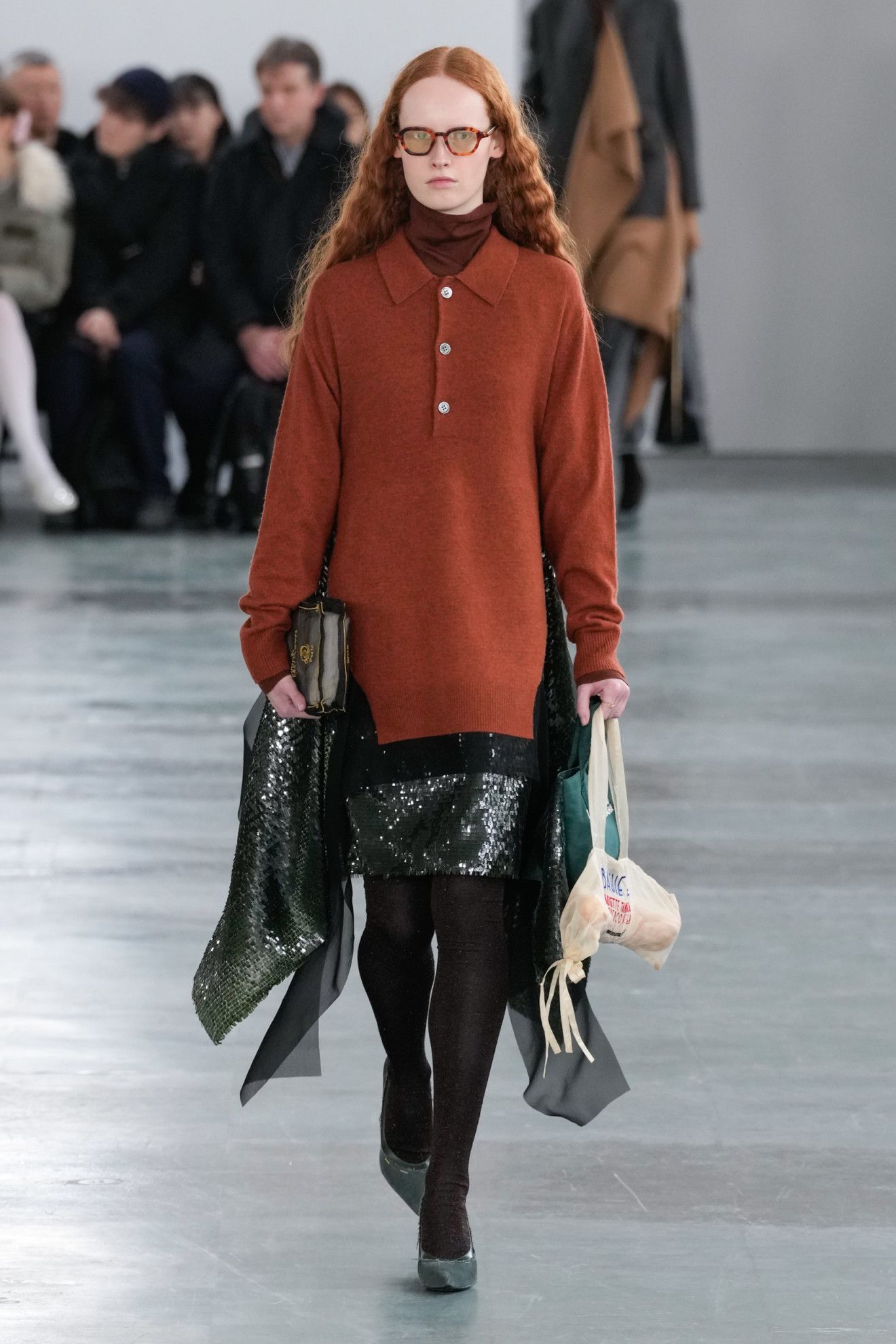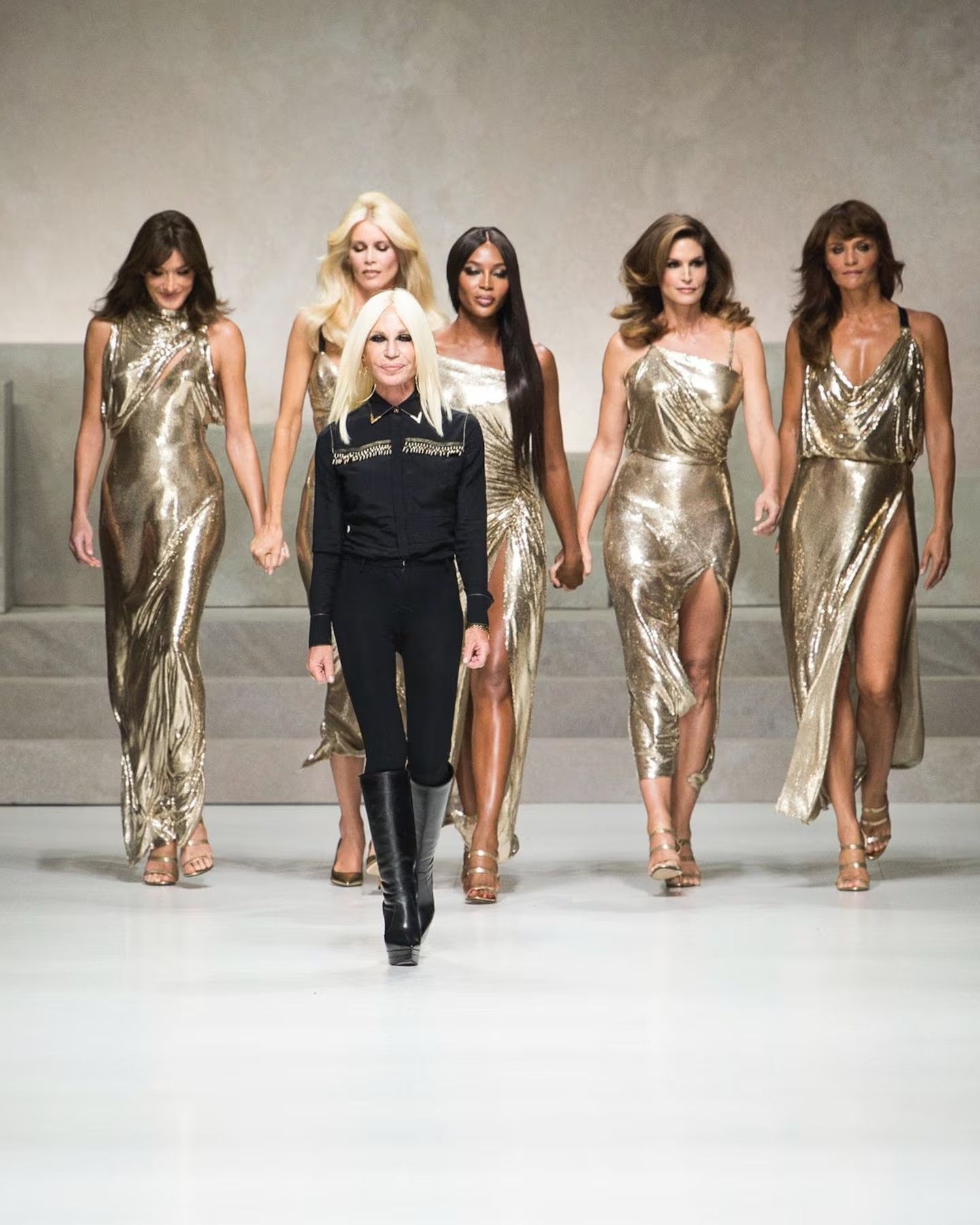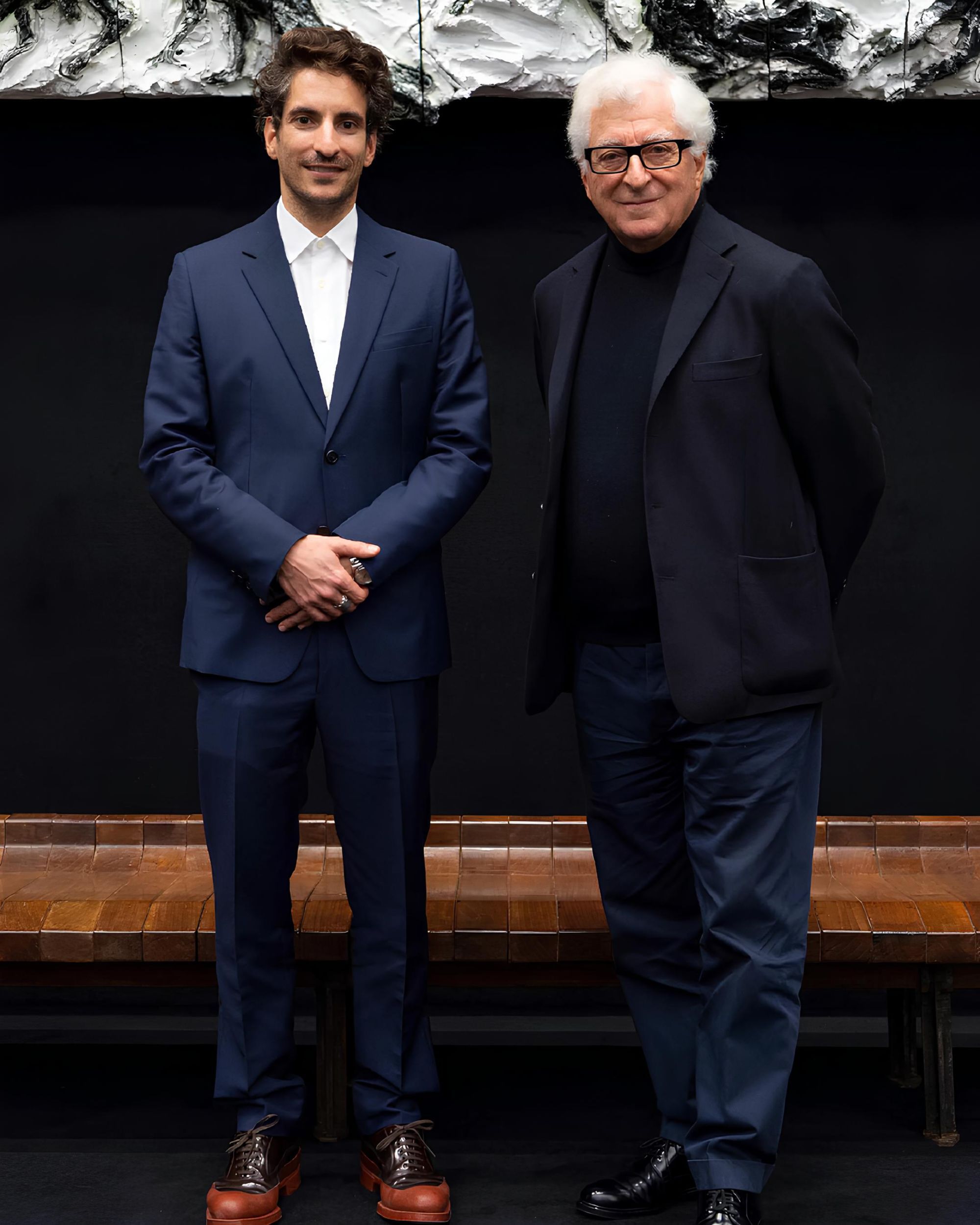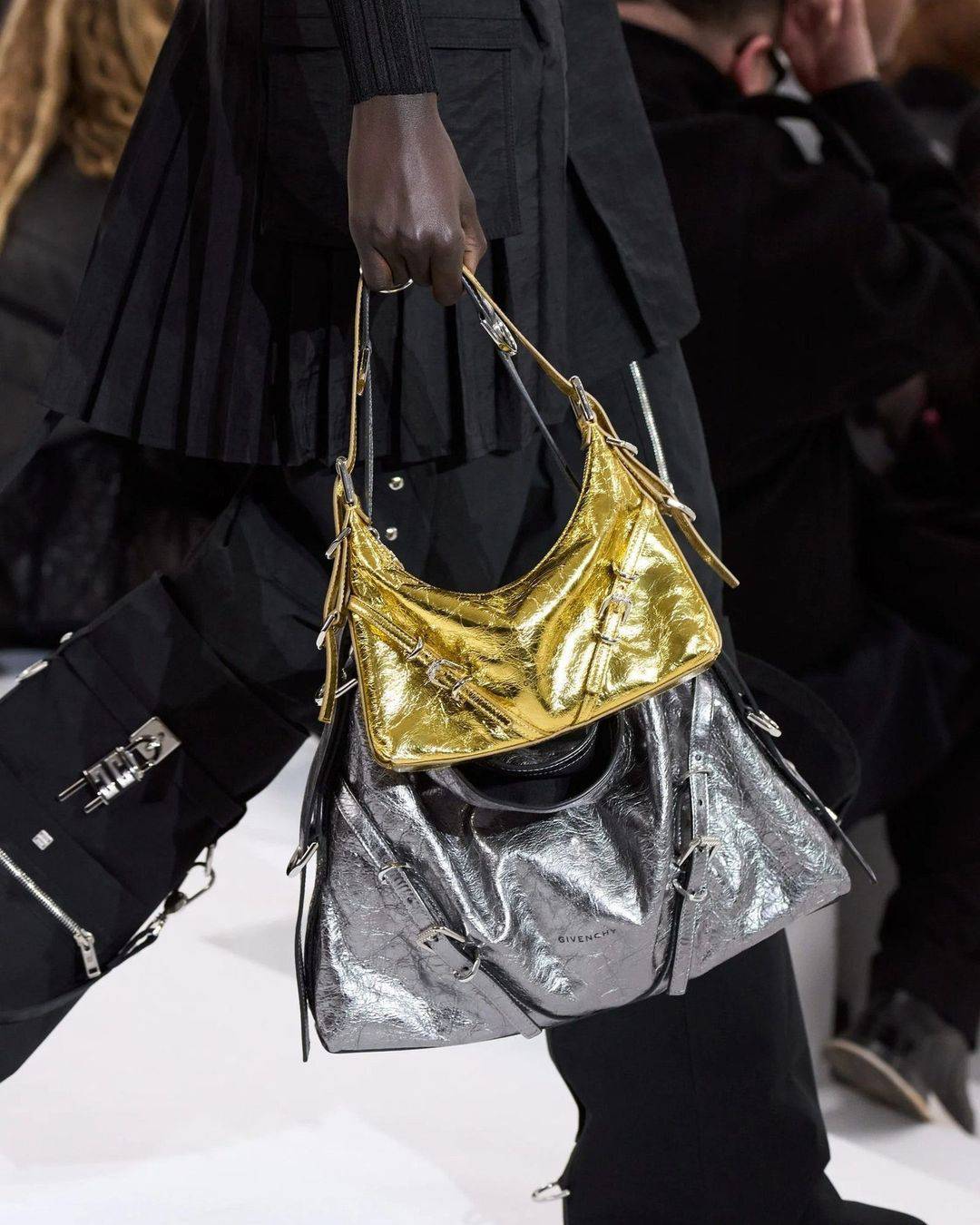
When fashion sees double And follows the algorithm
Clothes are nothing but the physical representation of our attachment style towards material possessions. The objects we choose to define ourselves, to represent ourselves to our own eyes and to others, reveal a lot not only about those who wear them but especially about those who create them. Just like people, even the collections on the runway reveal small secrets about the brands they belong to, whether it's a successful label or a declining brand struggling to launch its next standout piece. In recent Fashion Weeks, a trend has emerged that echoes the increasingly urgent need by luxury conglomerates to sell more, as well as the influences of algorithmic powers and artificial intelligence on consumerism. After the post-pandemic shopping boom and the subsequent consumer "retreat" phase, the luxury crisis not only pushed brands to offer more marketable silhouettes but precisely more products. Everything became more expensive but also more numerous: sweaters are worn one on top of the other, bags are doubled up, looks are paraded in pairs, and so on. In the era of algorithms, even fashion sees us double.
One of the simplest items to duplicate on the runway are handbags. For FW24, Bottega Veneta used the iconic woven motif to cover pairs of totes and shoulder bags, maxi and mini, in black and white. Some models carried two overlapping clutches, while others wore famous maison versions on their wrists alongside net tote bags that, as one would expect by now, looked like cotton but were actually leather. A year earlier, Givenchy used the same trick by stacking Voyou bags of different sizes, and Chloé created microbags linked together by a large golden ring. In the latest collection of the brand, now under the direction of Chemena Kamali, handheld bags served a dual function, doubling as bracelets like Prada, which in the last FW24 used belts. Returning to FW24, Coach emphasized its leather craftsmanship with total black looks and shoulder bags covered in gadgets and other bags.
@nssmagazine Layering, layering and layering. Taking closer look at Miu Miu SS24 collection. #miumiu #layers #layering #miucciaprada #fashion #tiktokfashion #tee #longsleeve #fashiontiktok IZ-US - Aphex Twin
Beyond accessories, recent collections show a tendency to exaggerate the concept of "duplication" even in entire looks, a trend that fits into a broader discourse on the idea of algorithms, repetition, and alienation that the world has been grappling with in recent decades. Some brands have chosen to multiply tops, jackets, and entire looks: at SS24 Comme des Garçons Homme Plus, the audience was amazed by the double-rounded tip of a pair of lace-up shoes. Miu Miu also experimented with "multiplying" footwear, but on the laces in collaboration with New Balance. Similarly, for SS23, the same brand overlaid tops, skirts, and slips creating a layered effect, which was also revisited at FW24, with actual stitching between sweaters and shirt hems - a concept also present in Undercover's FW24, presenting outfits as single pieces. We then saw DSquared twins "switching" on the runway as if they were the same model, presenting two outfits simultaneously to the public, the "stacking" of belts by JW Anderson, and the windbreaker jacket by Balenciaga combining bomber, plaid shirt, and hoodie. Three in one.
It's as if brands took inspiration from computers and their repetitive, systematic codes to cater to consumers' need for "everything in abundance," the embarrassment of choice. However, the trend of "codifying" collection styling risks producing an undesirable effect on potential buyers. With everything being duplicated, every look becomes replicable, reducible to a formula, and thus creativity diminishes. Like artificial intelligence, known for its ability to copy material already circulating on the web, reflecting the replicability of digital images in clothing appears impassive, almost devoid of emotion. Similar to an algorithm methodically publishing content that might appeal to us, the new fashion is even more alienating than before: if the early days of "cores," from ballet core to gorp core, had already turned individual expression into a mere repetition of standardized trends, now the obsession with the "new" and the "copyable" is transforming clothing from a means of communication into a uniform. If clothes truly are the material extension of our personality, then it's time to abandon the formulas proposed by brands and reclaim our own freedom.












































